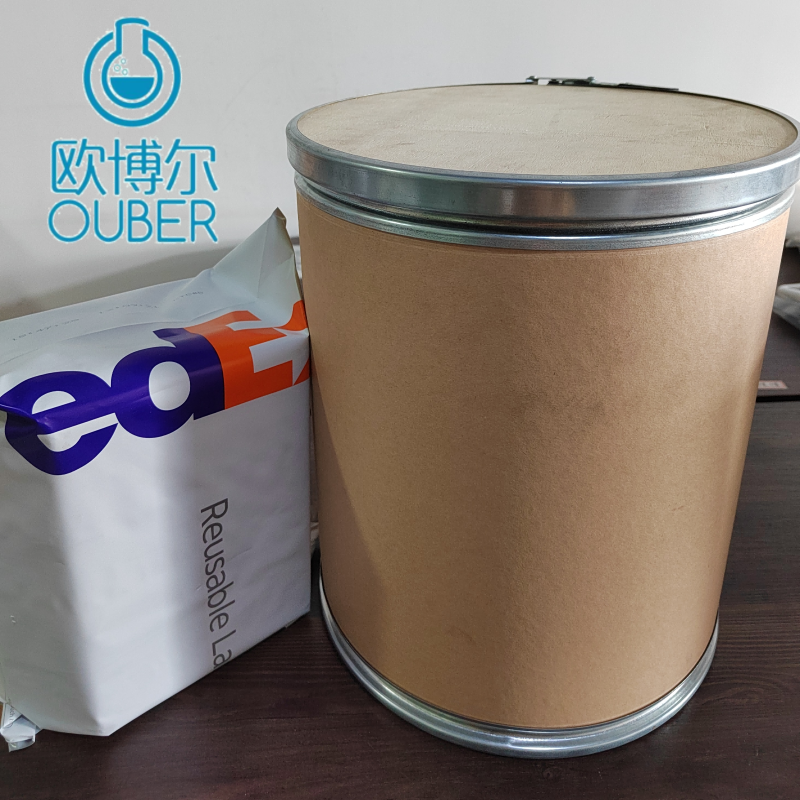-
Categories
-
Pharmaceutical Intermediates
-
Active Pharmaceutical Ingredients
-
Food Additives
- Industrial Coatings
- Agrochemicals
- Dyes and Pigments
- Surfactant
- Flavors and Fragrances
- Chemical Reagents
- Catalyst and Auxiliary
- Natural Products
- Inorganic Chemistry
-
Organic Chemistry
-
Biochemical Engineering
- Analytical Chemistry
-
Cosmetic Ingredient
- Water Treatment Chemical
-
Pharmaceutical Intermediates
Promotion
ECHEMI Mall
Wholesale
Weekly Price
Exhibition
News
-
Trade Service
N-tert-Butyl-2-thiophenesulfonamide, commonly abbreviated as TBTO, is a widely used chemical in the chemical industry.
It is an organic sulfonamide that is commonly used as a catalyst in the production of polyurethane foams, fibers, and coatings.
Despite its widespread use, there have been concerns about the safety of TBTO, particularly in regards to its potential to cause cancer in humans.
In this article, we will explore the potential risks associated with TBTO and the steps that are being taken to ensure the safety of workers and the general public.
Safety Concerns:
TBTO has been classified as a possible human carcinogen by the International Agency for Research on Cancer (IARC), which is a part of the World Health Organization.
This classification is based on studies that have shown an increased risk of cancer in animals that were exposed to high levels of TBTO.
While the evidence for cancer in humans is limited, there have been some studies that suggest a possible link between TBTO exposure and an increased risk of cancer in humans.
For example, a study published in the journal Cancer Causes & Control found that workers who were exposed to high levels of TBTO in the workplace had an increased risk of developing cancer, particularly in the lungs, liver, and prostate.
Another study published in the journal Occupational and Environmental Medicine found similar results, with workers who were exposed to TBTO having an increased risk of developing lung, prostate, and bladder cancer.
TBTO is also harmful to the environment and can cause damage to aquatic life.
It is highly soluble in water and can easily be released into the environment through wastewater discharge.
Studies have shown that TBTO can cause harm to fish and other aquatic organisms, including changes in hormone levels and reduced reproduction.
Steps Taken to Ensure Safety:
In response to the potential risks associated with TBTO, several measures have been taken to ensure the safety of workers and the general public.
One of the most significant measures is the implementation of strict regulations on the use and disposal of TBTO.
In the United States, for example, TBTO is classified as a Category 2 carcinogen under the California Proposition 65 rule, which requires warning labels on products that contain certain levels of cancer-causing chemicals.
Manufacturers and producers of TBTO are also required to follow strict safety guidelines to minimize the risk of exposure to the chemical.
This includes the use of protective equipment such as gloves, goggles, and respirators, as well as the implementation of safe handling and storage procedures.
In addition, many companies have implemented safety training programs to educate workers on the risks associated with TBTO and how to handle the chemical safely.
Another measure that has been taken to ensure the safety of TBTO is the development of alternative chemicals that are safer for human health and the environment.
Many chemical companies are investing in research and development to create new and safer chemicals that can be used in place of TBTO.
Conclusion:
While the evidence for the potential risks associated with TBTO is still limited, there is enough concern to warrant careful consideration and caution.
The chemical industry is taking steps to ensure the safety of workers and the general public, including the implementation of strict regulations and safety guidelines, the use of protective equipment, and the development of alternative chemicals.
It is important for manufacturers, producers, and workers to be aware of the potential risks associated with TBTO and to take the necessary precautions to minimize exposure to the chemical.







